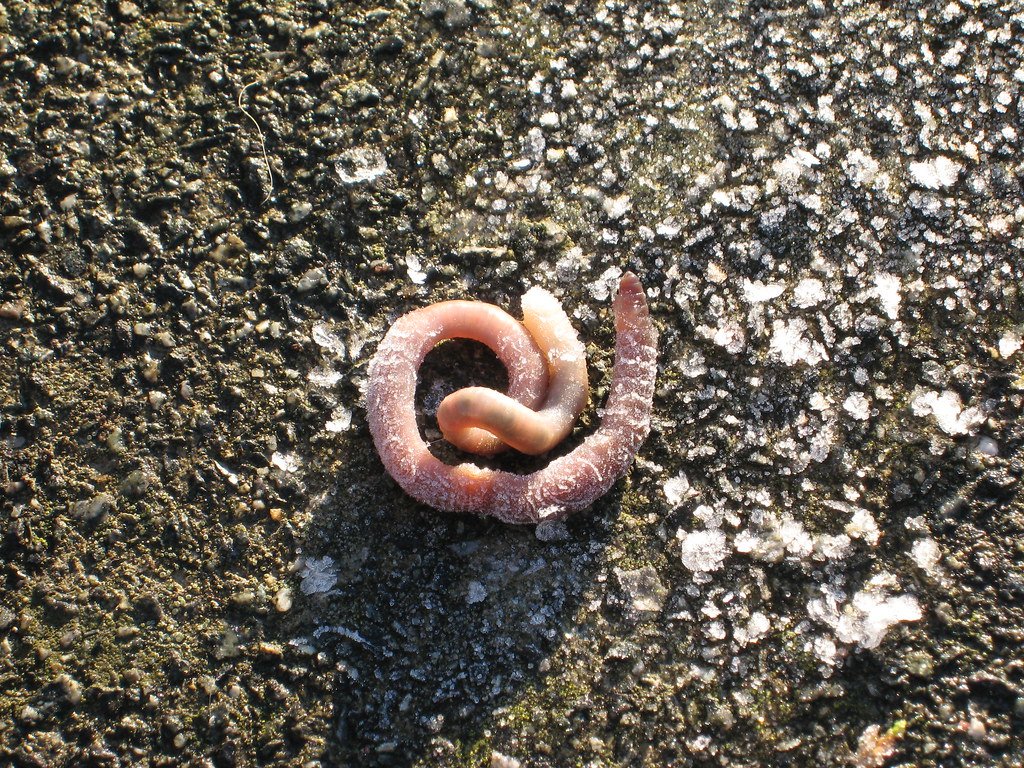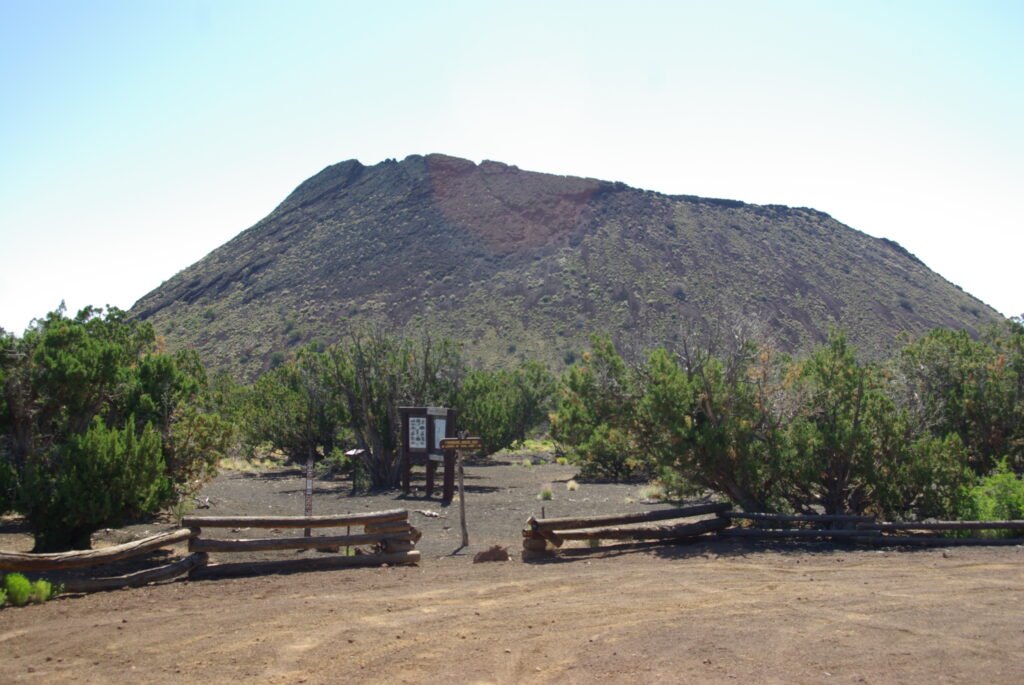Under a merciless sun, a family of elephants gathers quietly around a fallen elder, touching the body with careful trunks as if reading a final story written in scent and skin. For decades, scientists called scenes like this mysterious, even anecdotal; now, a new wave of research is piecing together the evidence with rigor. Elephant ing is not a simple tale of “sad animals,” but a window into a complex social brain that tracks relationships across years and landscapes. Field biologists, bioacousticians, and cognition researchers are converging on one question that refuses to fade: how deep does elephant emotional intelligence go, and what does it demand from us in return? The answer is reshaping conservation, ethics, and the science of animal minds.
The Hidden Clues

Look closely and the smallest gestures tell the biggest story: prolonged trunk touches to tusks and faces, careful nudges to test for breath, and low rumbles that seem to ripple through the air like worry made sound. Elephants often linger near bones, returning to carcass sites long after scavengers have cleared the stage. They sometimes guard, or at least stand vigil, creating a loose circle that slows the world around the .
Researchers interpret these behaviors through a conservative lens, but the pattern is consistent across regions and seasons. Temporal gland secretions, body stillness, and the way calves are guided away and back again speak to a choreography that looks deliberate. It’s not proof of grief as humans experience it, yet it’s more than curiosity; it reads like attention, memory, and a reluctance to let go.
From Ancient Stories to Modern Science

Long before bioacoustic spectrograms and drone surveys, local trackers and pastoralists told of elephants visiting bones and pausing at the places where relatives fell. Early naturalists wrote similar accounts, but without tools to measure them, those stories drifted like campfire smoke. Now, camera traps, GPS collars, and time-synced audio recorders are turning anecdote into data.
Teams map revisits to carcass sites, measure how long stays last, and compare responses to elephant remains versus other objects. Motion-triggered cameras capture extended touching and coordinated stillness, while GPS tracks reveal small, meaningful detours from habitual routes. The shift is decisive: from haunting scenes to quantifiable patterns that endure under scrutiny.
Inside the Elephant Mind

Emotional intelligence in animals often gets reduced to slogans, but with elephants, it shows up as social problem-solving under pressure. They coordinate care for calves, recruit help to lift a stuck youngster, and appear to reconcile after disputes that would fracture a thinner social fabric. Memory, attention to relationships, and a flexible reading of context support this kind of cooperation.
Elephants also clear key milestones in cognitive science, including self-directed behavior in mirror tests that hints at a sense of body and self. None of this proves that mourning equals ours, yet it demonstrates the kind of mind where bereavement-like behaviors can take root. The result is a profile of intelligence that is practical, social, and uncomfortably familiar.
Soundtracks of Grief

When a death occurs, the soundscape changes. Contact calls spike, rumbles darken, and near-silent infrasound travels beyond our hearing to family members farther afield. Playback work shows elephants identify voices and family signatures, so it’s no stretch to imagine that a hush, a call, or a silence carries meaning at such moments.
Acoustic logs aligned with GPS paths reveal slower travel and clustered movements near carcass sites, as if attention is pooled. In some recordings, calves emit higher, urgent calls while adults answer with steadier tones, a conversational metronome that calms the group. These traces are not poetry; they are measurable shifts that accompany loss.
Bones, Memory, and Time

Elephants are famous for remembering waterholes through drought and pathways across generational knowledge, and that memory seems to extend to the . Field teams document revisitations to carcass locations months or years later, even after rain and grass have reshaped the map. Among scattered remains, elephants tend to explore skulls and tusks with greater intensity than random objects.
Their attention to remains may be driven by recognition of scent and form, but it also suggests a durable social archive. Some elephants pause and stand over bones, then move on, only to circle back again as if wrestling with a decision. The behavior looks like a kind of respect for place and kin, however cautious scientists are in naming it.
Why It Matters

Understanding elephant mourning changes how we measure well-being and plan protection. Traditional conservation leans on head counts, range maps, and birth rates, but a grieving, socially destabilized herd can look “healthy” on paper while quietly unraveling. Emotional intelligence, when ignored, becomes a blind spot that undercuts every policy.
- Social bonds carry the herd’s collective memory, so losing elders erases maps to water, safety, and seasonal routes.
- Chronic stress from poaching or conflict can ripple through hormones and behavior, reducing resilience in droughts and floods.
- Safeguarding family structures may keep calves alive more effectively than any fence, because knowledge and care scale faster than infrastructure.
The Future Landscape

New tools are arriving fast: machine learning models that recognize individual voices, collars that log movement alongside heart-rate proxies, and drones that monitor respectfully from a distance. Noninvasive hormone sampling adds a physiological layer, turning footprints and dung into signals of stress and recovery. Together, these methods can map how loss spreads through a family like a weather system.
The challenge is translating insight into action without drowning field teams in data. Algorithms must run where elephants live, not just where servers hum. The payoff could be targeted protections that stabilize families after a death, minimize disturbance at carcass sites, and route herds around high-risk corridors in real time.
Global Perspectives

Elephant mourning behaviors show up across habitats, from East African savannas to Asian forests, but the surrounding human pressures shape how they unfold. In some regions, conflict pushes families to move more at night, compressing the time available for vigil-like behavior. Elsewhere, protected corridors allow longer pauses and safer gatherings at a carcass.
Culture matters on our side, too. Communities with deep knowledge of elephant movements often share early warnings and help keep fragile moments undisturbed. When scientists, local stewards, and rangers align, mourning behaviors become easier to observe and, more importantly, to respect.
What You Can Do Now

Elephant intelligence is not an abstraction; it’s a living network that depends on our choices. Support programs that secure migratory corridors and reduce human-elephant conflict through crop-guarding tech, early-warning systems, and rapid response teams. Back long-term field research, because continuity is the only way to see grief and recovery across generations.
At home, reduce demand for wildlife products and seek out travel operators that follow strict viewing distances, especially around carcass sites. Share science-forward resources with schools and community groups so the next generation meets elephants as neighbors, not novelties. The most practical tribute to a mourning herd is giving it the space and time to heal.

Suhail Ahmed is a passionate digital professional and nature enthusiast with over 8 years of experience in content strategy, SEO, web development, and digital operations. Alongside his freelance journey, Suhail actively contributes to nature and wildlife platforms like Discover Wildlife, where he channels his curiosity for the planet into engaging, educational storytelling.
With a strong background in managing digital ecosystems — from ecommerce stores and WordPress websites to social media and automation — Suhail merges technical precision with creative insight. His content reflects a rare balance: SEO-friendly yet deeply human, data-informed yet emotionally resonant.
Driven by a love for discovery and storytelling, Suhail believes in using digital platforms to amplify causes that matter — especially those protecting Earth’s biodiversity and inspiring sustainable living. Whether he’s managing online projects or crafting wildlife content, his goal remains the same: to inform, inspire, and leave a positive digital footprint.




